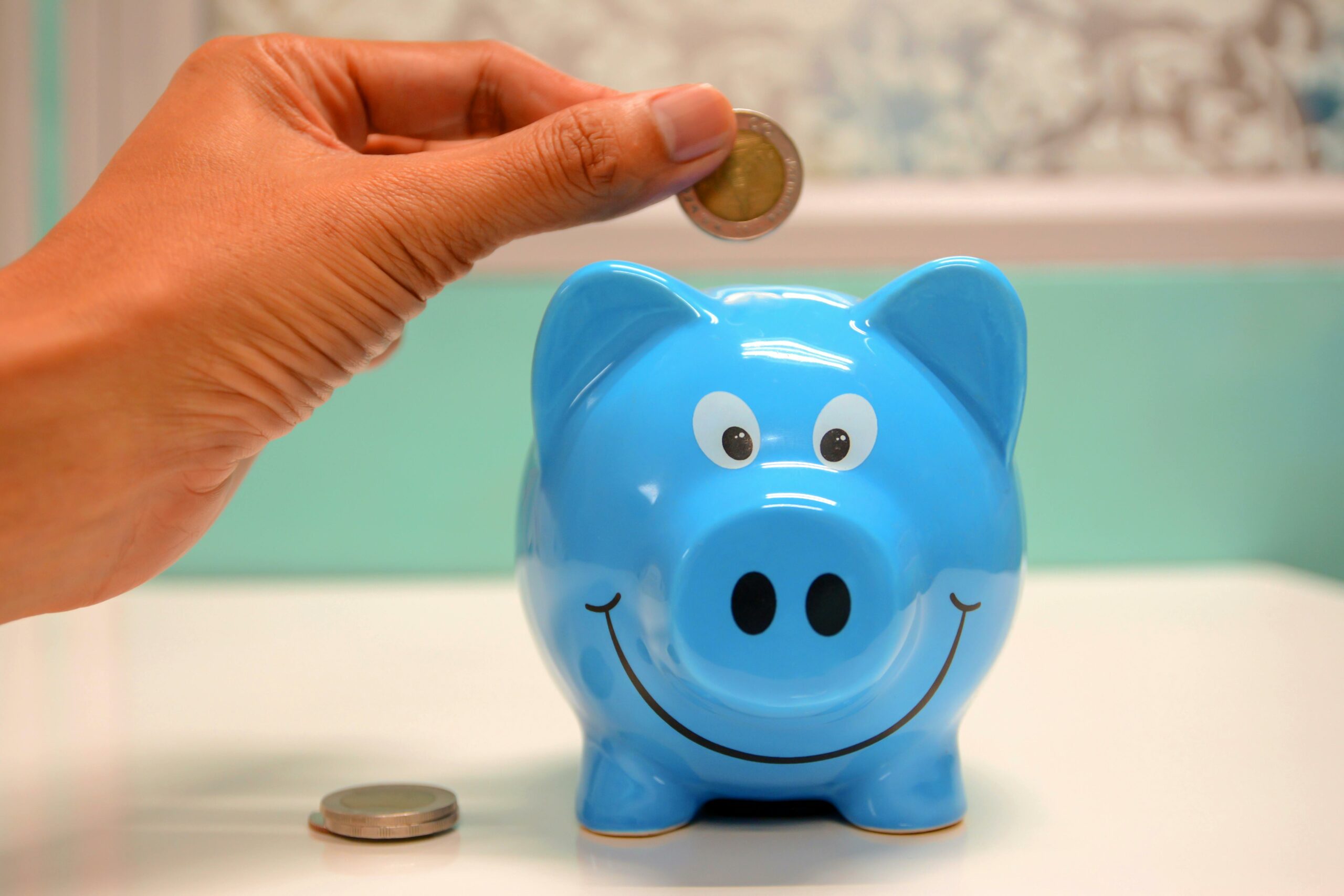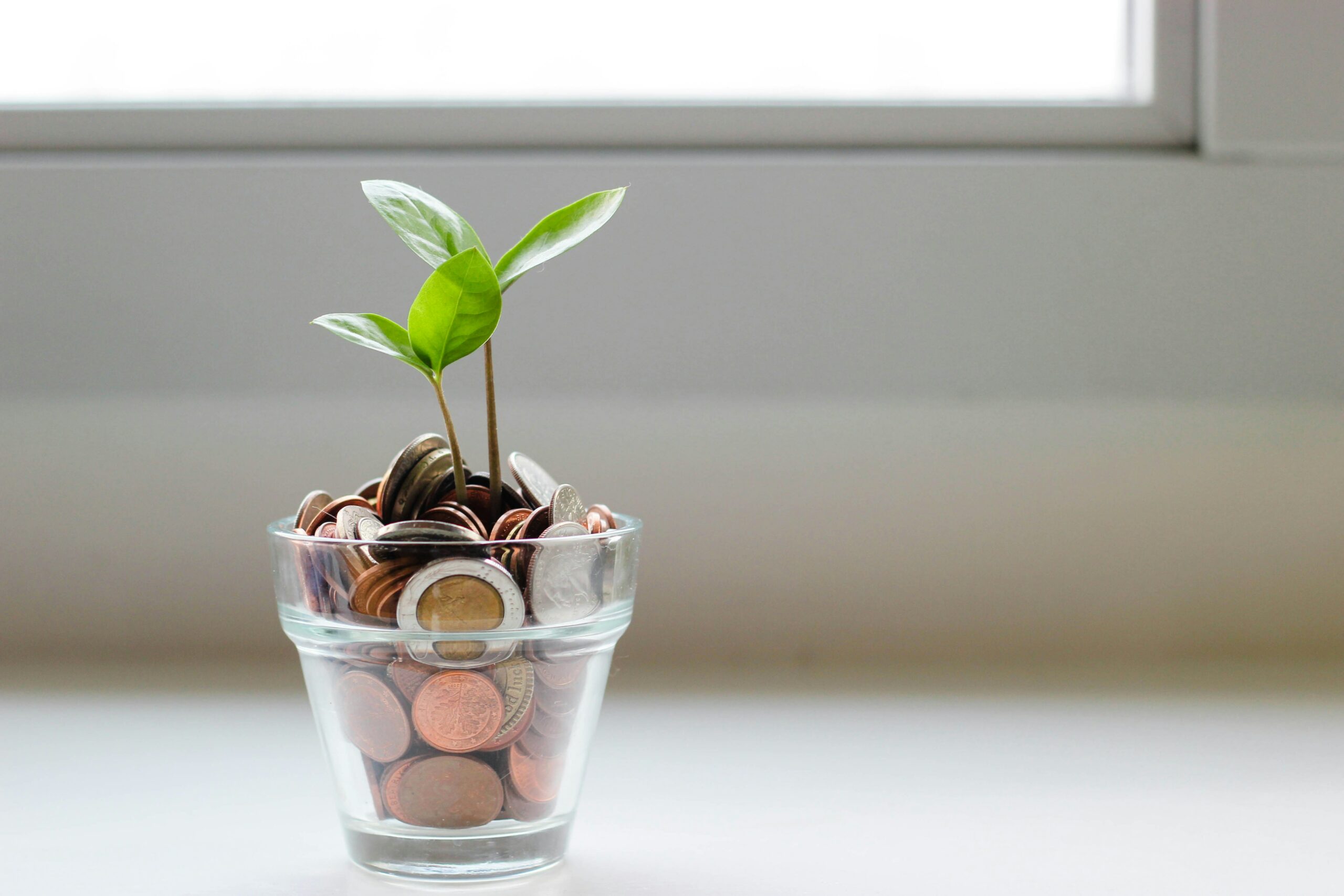If you’re living paycheck to paycheck, the idea of saving for emergencies can feel overwhelming. But here’s the truth: you don’t need to make six figures to build a safety net. You just need a simple, strategic plan that works with your income—not against it.
In this guide, we’ll show you exactly how to build an emergency fund quickly, even if you’re on a tight budget. You’ll learn how much to save, where to keep it, and realistic ways to start today.
What Is an Emergency Fund (and Why You Need One)?
An emergency fund is money set aside for unexpected expenses like:
Medical bills
Car repairs
Job loss
Home fixes
Without a financial cushion, these surprises often lead to debt. Even a small emergency fund can keep you from relying on credit cards or payday loans when life throws you a curveball.
📈 Studies show most Americans and Europeans can’t cover a $500–$1,000 emergency without borrowing. Let’s change that.
How Much Should You Save?
The ideal emergency fund covers 3 to 6 months of basic expenses (rent, food, bills). But if that feels out of reach, start with smaller milestones:
Goal 1: $500 (starter buffer)
Goal 2: $1,000 (basic emergency cover)
Goal 3: 1 month of essential expenses
Build momentum with each goal, and you’ll be surprised how quickly progress adds up.
Where Should You Keep It?
Keep your emergency fund:
Separate from your daily spending account
Easy to access, but not too easy (no debit card temptation)
Earning interest, ideally
A high-yield savings account is your best bet. See our guide on High-Yield Savings Accounts to pick one that suits your region.
7 Ways to Build an Emergency Fund on a Tight Budget
1. Set a Weekly Micro-Saving Goal
Start with $10, $15, or whatever you can. Automate it every payday. Small steps beat no steps.
2. Use a Round-Up App
Apps like Plum, Qapital, or Revolut round up purchases and move the spare change to savings. It adds up fast without feeling like a sacrifice.
3. Cut 1 Monthly Expense
Pause one streaming service or downgrade your phone plan. Redirect that cash directly into your emergency fund.
4. Sell Unused Stuff
Got clothes, gadgets, or furniture you don’t use? Sell on Facebook Marketplace, Vinted, or eBay and drop every cent into savings.
5. Use Windfalls Wisely
Tax refund? Freelance gig? Birthday money? Save at least 50% of unexpected cash instead of spending it all.
6. Turn on Cash Back Rewards
Use cash-back apps like Rakuten, Honey, or bank reward points and cash them out to fund your emergency account.
7. Start a Weekend Side Hustle
Walk dogs, deliver groceries, flip thrift finds—even $50/week from a side hustle can jumpstart your fund. See our Side Hustles section for ideas.
Avoid These Common Mistakes
Don’t invest your emergency fund (keep it liquid and safe)
Don’t mix it with checking funds (you’ll be tempted to spend it)
Don’t wait for “extra money” to save—start now, even with $5
Saving money is often about habit, not just income.
Bonus Tip: Use a Visual Tracker
Print out a savings tracker or use a budgeting app that shows your progress in real time. Seeing your fund grow is motivating.
Check our Budgeting Tips for tracker templates and apps.
You Can Do This
An emergency fund isn’t built overnight, but every little deposit brings you closer to financial peace of mind. Start small, be consistent, and adjust as your income changes.
Your future self will thank you.
Ready to take control? Visit our Saving Money section for more practical ways to stretch your income and build security, no matter your budget.





